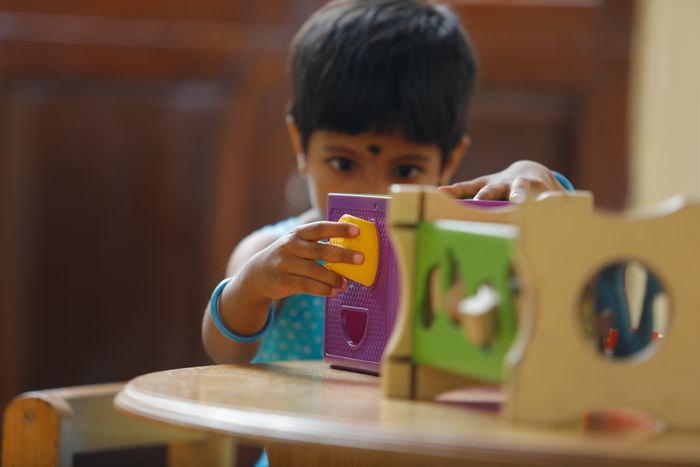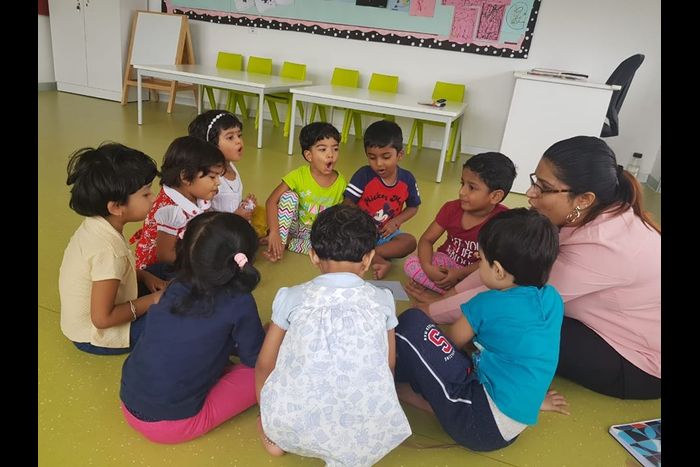


How to Talk to Kids About Big Emotions

Children often experience emotions as deeply as adults, but their ability to identify and express them is still developing. For parents and caregivers, helping kids navigate feelings like anger, sadness, or anxiety is not only about comfort but also about building lifelong emotional resilience. Talking to children about big emotions requires empathy, patience, and clear communication. When done thoughtfully, these conversations can shape how children handle stress, relationships, and self-expression throughout their lives.
Why Emotional Conversations Matter
Big emotions can overwhelm children because they do not yet have the vocabulary or coping skills to process them. By acknowledging their feelings instead of dismissing them, adults send a powerful message: emotions are valid and manageable. Regular conversations about emotions also encourage children to share openly, rather than bottling up feelings that might later surface in disruptive ways. This creates trust between the child and caregiver, making future discussions easier and more effective.
Creating a Safe Environment
Before addressing emotions, it is important to create a safe and supportive environment. Children are more likely to open up when they feel heard without judgement. Maintaining eye contact, listening attentively, and showing genuine interest reassure them that their feelings matter. Timing also plays a role. Talking about a meltdown in the middle of it may not work; waiting until the child has calmed down ensures better understanding and reflection.
Helping Kids Name Their Feelings
Language is central to emotional growth. Teaching children words like “frustrated,” “disappointed,” or “excited” helps them express what they feel with clarity. When a child says “I am angry,” it opens the door for adults to explore why and how that anger appeared. The act of naming emotions reduces their intensity, as it gives children a sense of control over what might otherwise feel overwhelming.
| Emotion | How Kids Might Show It | Helpful Responses |
|---|---|---|
| Anger | Shouting, throwing things, refusing to listen | Stay calm, validate anger, suggest healthy outlets like drawing or running |
| Sadness | Crying, withdrawal, reluctance to play | Offer comfort, talk gently, encourage expression through words |
| Anxiety | Clinginess, restlessness, constant worrying | Reassure safety, practise deep breathing, break tasks into smaller steps |
| Excitement | Overactivity, talking fast, impulsive behaviour | Celebrate the joy, guide towards safe expression, help manage energy |
Using Stories and Examples
Stories, role-play, and examples from everyday life make emotions easier to understand. For younger children, picture books where characters experience sadness, anger, or happiness can help them connect their own experiences with the narrative. For older kids, drawing parallels from school or friendships allows them to recognise that emotions are universal. These methods make conversations less intimidating and more relatable.
Teaching Healthy Coping Strategies
Talking about emotions should not stop with naming them; children also need guidance on managing them. Simple breathing exercises, journaling, or engaging in creative activities like art and music provide safe outlets. Encouraging physical activities like cycling or playing outdoors can also help release pent-up energy from strong emotions. Over time, these strategies become part of the child’s toolkit for managing difficult feelings.
Balancing Guidance with Independence
While children need support, they also benefit from learning to handle emotions independently. Parents can gently guide but should avoid solving every problem for them. Asking reflective questions such as “What could you do differently next time?” empowers kids to think through situations. This balance fosters confidence and emotional maturity, preparing them to deal with future challenges on their own.
The Role of Consistency
Children feel secure when responses from parents or caregivers are consistent. If an emotion is acknowledged one day but ignored the next, the child may get confused about whether their feelings matter. Consistent validation, combined with gentle correction when behaviours go out of control, teaches children that emotions are always acceptable, though actions may need boundaries.
Conclusion
Conversations about big emotions are not one-time lessons but ongoing processes. By naming feelings, offering strategies, and providing a safe space, adults equip children with the skills to manage their inner world with confidence. Over time, children learn that emotions, no matter how intense, can be understood, expressed, and channelled in healthy ways. This foundation of emotional awareness sets them on a path towards resilience, empathy, and stronger relationships.





